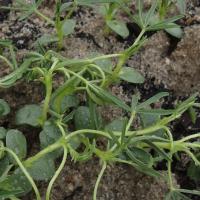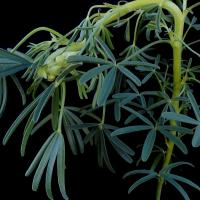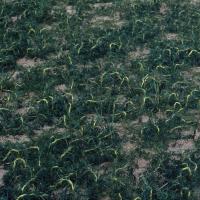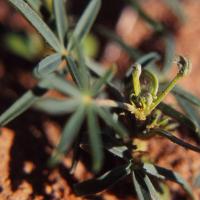| Phenoxy acid | Pyridines | ||
| Chemical name | Example trade name | Chemical name | Example trade name |
| 2,4-D amine | Amicide Advance® | Clopyralid | Lontrel® |
| 2,4-D ester | Estercide Xtra 680® | Triclopyr | Garlon® |
| MCPA amine | Agritone 750® | Fluroxypyr | Starane® |
| MCPA ester | LVE MCPA® | Picloram | Tordon®, Grazon® |
| MCPB | MCPB® | Benzoic acids | |
| 2,4-DB | 2,4-DB, Buttress® | Dicamba | Banvel® |





